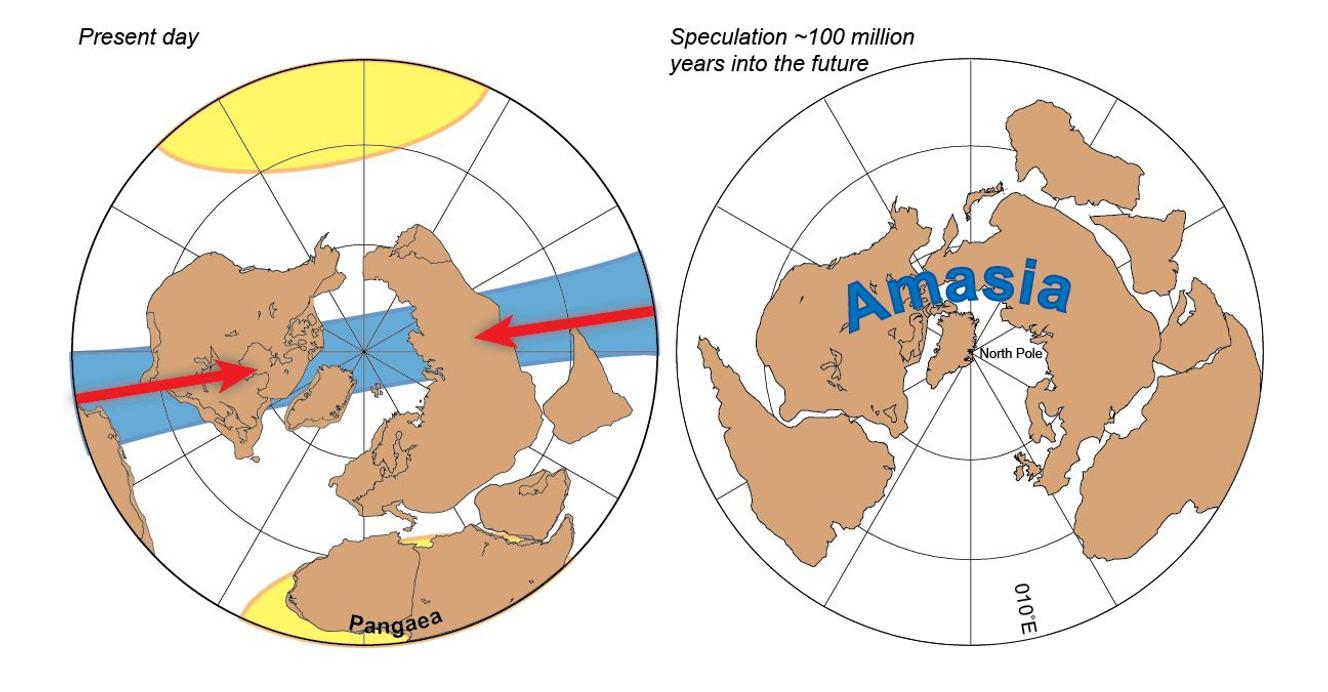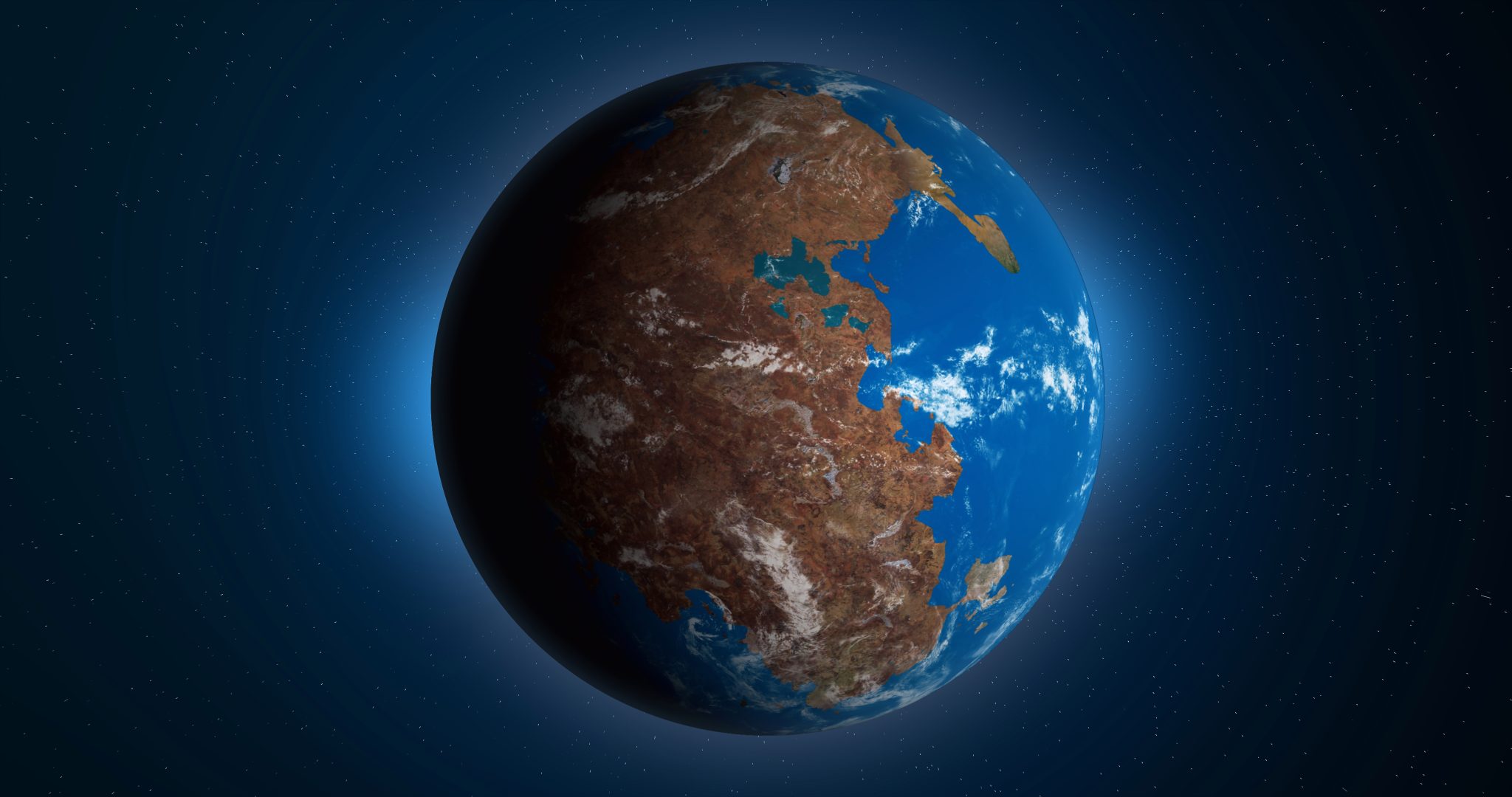Scientists predict that in about 200 million years america and asia will be one supercontinent centered on the north pole they ve even named it amasia

Amasia: The Future Supercontinent

Scientists have long been fascinated by the ever-changing dynamics of our planet. One of the most intriguing predictions they have made is the formation of a future supercontinent called Amasia, which would unite America and Asia around the North Pole. While this grand event is estimated to occur in approximately 200 million years, the concept of Amasia has already piqued the interest of researchers around the globe.

Amasia, much like the supercontinents that have existed before it, is described as a landmass resulting from the collision and merging of several tectonic plates. The formation of this futuristic continent would entail a grand reshaping of Earth’s geological and geographical landscape, transforming the current distribution of continents and oceans.
The idea of Amasia was first introduced by Dr. Ross N. Mitchell, a geologist from Yale University. According to his studies, the movement of tectonic plates indicates that the Americas are drifting towards Asia, slowly but surely. As these two landmasses continue to converge, they are projected to join forces, giving birth to Amasia. This amalgamation would create a new, expansive landmass lying around the North Pole.
Scientists envision a future where North America, South America, and Asia will be intricately connected within Amasia. This configuration would fundamentally change the way we perceive continents today, and the impact on the Earth’s ecosystems would be profound. The amalgamation of diverse ecosystems would foster unique and dynamic interactions, leading to the emergence of entirely new species and environmental adaptations.
The formation of Amasia would also have significant implications for climate and weather patterns on our planet. With the supercontinent centered around the North Pole, the distribution of heat and moisture would be drastically altered. As a result, we can expect changes in temperature gradients, precipitation patterns, and ocean currents, thus shaping global climate dynamics. Such alterations would impact not only terrestrial habitats but also have far-reaching consequences for marine ecosystems.
While the formation of Amasia seems like a distant event, understanding its potential implications can provide valuable insights into our planet’s geological history and future. By studying the processes leading to supercontinent formation, scientists gain a deeper understanding of the Earth’s past and how it continues to evolve. Ultimately, this knowledge could help us better comprehend the long-term effects of plate tectonics and climate change on our planet.
As exciting as the formation of Amasia sounds, it is crucial to remember the timescale involved. 200 million years is an immense span of time, far beyond the scope of human existence. Earth will continue to undergo transformations, and Amasia represents only one chapter in a much larger narrative.
The concept of Amasia captures the imagination and showcases the remarkable power of geological forces. It reminds us of the ever-changing nature of our planet and the interconnectedness of its systems. As scientists continue to delve into the mysteries of the Earth’s past and present, Amasia stands as a symbol of the world yet to come – a distant future where America and Asia merge, forming a supercontinent located around the North Pole.
Related Posts
Quick Links
Legal Stuff

